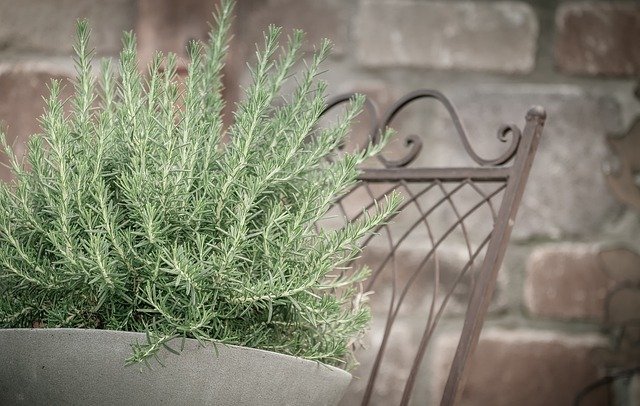Philodendron Black Majesty is a cultivar of philodendron that is characterized by its deep black leaves. The plant is native to tropical regions of South America, and it is commonly used as a houseplant in colder climates. While philodendrons are typically known for their heart-shaped leaves, Black Majesty philodendrons have oval-shaped leaves that can reach up to 12 inches in length.
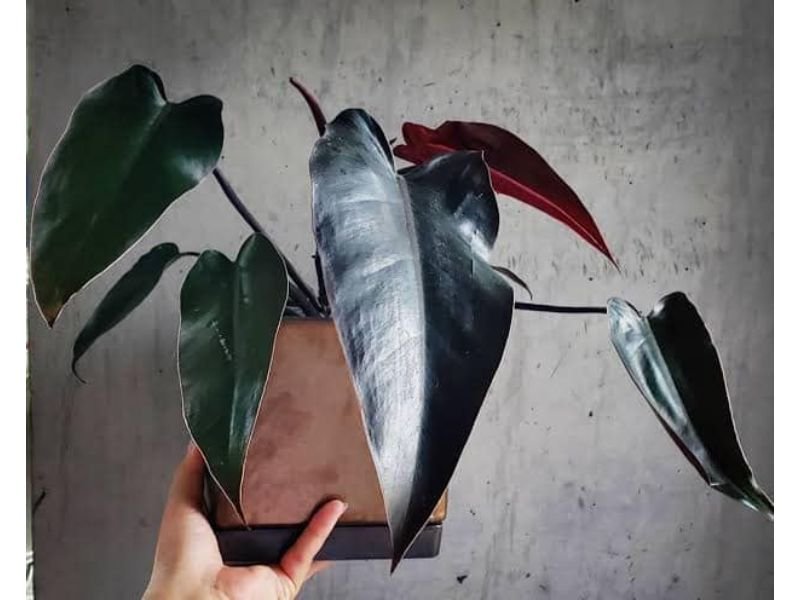
Philodendron Black Majesty is a popular philodendron plant known for its black leaves. The philodendron genus is part of the Araceae family and contains approximately 200 species.
Philodendrons are native to the tropical Americas and grow as both epiphytes and terrestrial plants. They are popular houseplants due to their large, glossy leaves and easy care requirements. Philodendron Black Majesty is a cultivar of Philodendron Hederaceum, a common philodendron species.
Philo Black Majestys are fast-growing plants that can reach up to 1 – 15 feet in height. They prefer bright, indirect light but can tolerate low-light conditions. These philodendrons are not frost-tolerant and should be kept indoors or in a protected outdoor area in cooler climates.
Table of Contents
Condition Requirement for Philodendron Black Majesty to thrive
The Philodendron black majesty is a stunning plant that features black leaves with deep green veins. It’s a fast-growing vine that can reach up to 15 feet in length, making it a great choice for adding some extra greenery to your home. While the Philodendron black majesty is relatively easy to care for, there are a few conditions that it requires in order to thrive. Finally,
Hardiness
Philo Black Majesty prefers warm temperatures and high humidity levels. If you live in an area with cool winters, it’s best to grow the Philodendron black majesty in a pot so that you can bring it indoors when the weather gets cold.
Sunlight

While Philo black majesty is relatively easy to care for, this plant does have one specific requirement: it needs bright, indirect sunlight in order to thrive.
If it does not receive enough light, the leaves will begin to lose their color and the plant will become leggy and sparse.
However, if it is placed in direct sunlight, the leaves will scorch and the plant will quickly die.
As a result, finding the perfect spot for your black majesty can be a bit of a balancing act.
A south-facing window is ideal, but if you don’t have one available, you can also provide artificial light using grow lights.
Soil
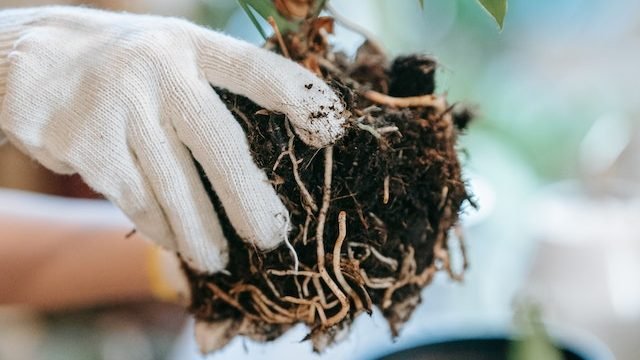
While it can tolerate a wide range of soil types, black majesty philodendron thrives in rich, well-draining soil that is high in organic matter.
A good quality potting mix or African violet mix will provide the ideal environment for your Philodendron Black Majesty to grow and thrive. If you are unsure whether your soil is well-draining, simply stick your finger into the soil up to the first knuckle.
If the soil is moist but not soggy, it is likely well-drained. If the soil is dry or crumbly, it may benefit from the addition of some organic matter such as compost or peat moss. Conversely, if the soil sticks to your finger or feels dense and heavy, it may be too dense and need to be amended with sand or perlite.
No matter what type of soil you choose, be sure to provide adequate drainage to prevent root rot.
Care Guide for Philodendron Black Majesty
The Philodendron Black Majesty is a beautiful and unique plant that can make a great addition to any home. However, given its delicate nature, it’s important to take care when caring for this plant.
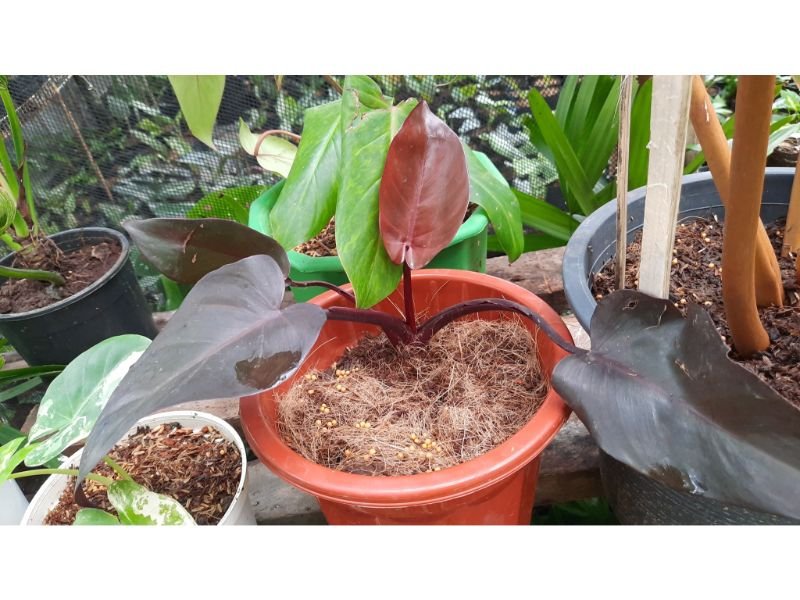
Here are some tips to help your Philodendron Black Majesty thrive:
Planting
While Philodendron Black Majesty is most often seen as a houseplant, it can also be planted outdoors in areas that have no frost. It is a fast-growing evergreen that does not like direct sunlight but can tolerate some shade.
The plant has large, glossy leaves that are black in color with green veining. When planting Philodendron Black Majesty outdoors, it is important to choose an area that is well-draining.
The plant does not like to sit in wet soil, and it is also sensitive to salt. As long as these conditions are met, Philodendron Black Majesty will thrive in both indoor and outdoor settings.
Water
There are a few important things to keep in mind when watering The Black Majesty.
- First, the soil should be allowed to dry out completely between waterings. This plant does not like wet feet, and too much moisture can lead to root rot.
- Second, when watering, be sure to use lukewarm water. Cold water can shock the roots and damage the leaves.
- Lastly, always water from the bottom up, using a saucer or drip tray filled with lukewarm water.
Fertilizer
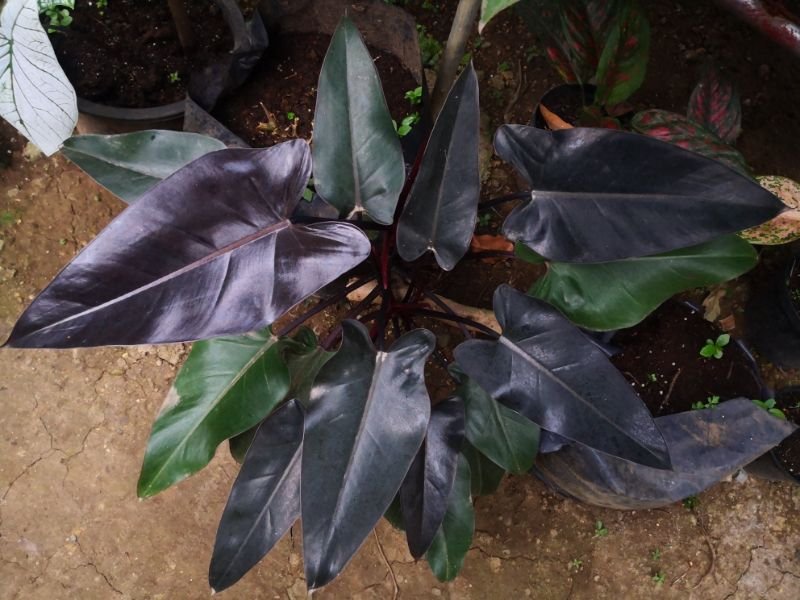
Here are some tips on how to fertilize your Black Majesty:
- Philodendron Black Majesty should be fertilized every two weeks during the growing season (spring and summer). During the rest of the year, you can reduce the frequency to once a month.
- Use a balanced fertilizer formulated for houseplants. You can use either a liquid or granular fertilizer. If you use a granular fertilizer, be sure to apply it to moist soil so that it doesn’t burn the roots.
- When fertilizing, always follow the manufacturer’s instructions. Over-fertilizing can damage the plant.
Fertilizing is an important part of care, but it’s easy to do with a little information and attention.
Pruning
While Philodendron Black Majesty is relatively easy to care for, proper pruning is essential to keeping the plant healthy and looking its best.
Here are some tips on how to properly prune your Philo Black Majesty:
- First, identify the main stem of the plant. This is the thickest, darkest part of the plant, and it should be pruned back to about 6 inches in length.
- Next, identify any side stems that are growing off of the main stem. These should be pruned back to about 3 inches in length.
- Finally, cut away any dead or yellowed leaves. These can be disposed of or used as compost.
When pruning Philodendron Black Majesty, it is important to make clean, sharp cuts. This will help to promote new growth and prevent disease.
Propagation
Philodendron Black Majesty can be tricky to propagate.

- The first step is to take a healthy cutting from an existing plant. The cutting should be about 6 inches long and have at least two leaves.
- Once you have your cutting, fill a pot with soil and water it well.
- Next, make a small hole in the soil and insert the cutting. Be sure to press the soil firmly around the base of the cutting.
- Then, place the pot in a warm, bright spot and keep the soil moist but not soggy. In about 4-6 weeks, you should see new growth.
- At that point, you can begin to water less frequently.
With a little patience and care, you can successfully propagate Philodendron Black Majesty.
Seasonal Precautions
The Philodendron black majesty plant does have some specific seasonal needs that should be taken into account.
In the spring and summer, the Philodendron black majesty should be kept in bright, indirect light. During this time of year, the plant will also need to be watered more frequently.
However, in the fall and winter months, the Philodendron black majesty should be moved to a location with lower light levels. Additionally, watering should be reduced during this time to prevent root rot.
By taking these simple steps, you can ensure that your Philodendron black majesty stays healthy and thrives all year round.
Common Philodendron Black Majesty Pests and Diseases
Philodendron Black Majesty is generally a low-maintenance plant, however, there are a few pests and diseases that can affect it. Some of the most common problems that can plague this beautiful plant are:
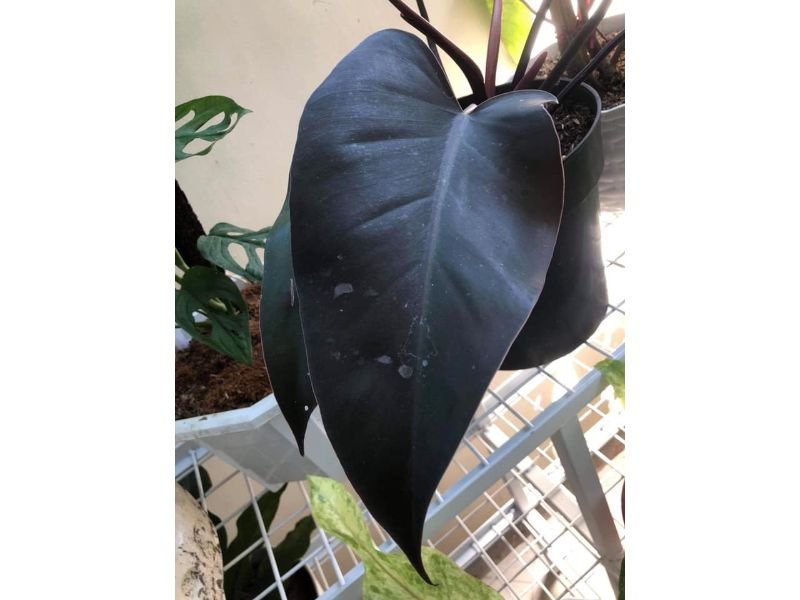
Mealybugs
Mealybugs are small, sap-sucking pests that can cause yellowing and wilting of leaves, as well as stunted growth. Mealybugs can be particularly problematic for Black Majesty Philodendrons because they love to feed on the sap of these plants. To get rid of mealybugs, you can either use an insecticidal soap or neem oil. You will need to apply these treatments every 7-10 days for at least 3 weeks to see results.
Aphids
Aphids are small, pear-shaped insects that feast on plant sap. They can cause stunted growth and distorted leaves. Aphids can also spread diseases from one plant to another. To get rid of aphids, you can either use an insecticidal soap or neem oil. You will need to apply these treatments every 7-10 days for at least 3 weeks to see results.
Fungal diseases
Fungal diseases such as powdery mildew and botrytis can cause spotting, yellowing, and wilting of leaves. These diseases are often caused by too much moisture or poor air circulation around the plant. To prevent fungal diseases, make sure to water your plant at the base rather than getting the leaves wet, and keep the area around the plant well-ventilated. If your plant does develop a fungal disease, you can treat it with a fungicide.
Spider mites
Spider mites are one of the most common philodendron black majesty pests. They are tiny spider-like creatures that feed on plant sap. This can cause the leaves of your plant to turn yellow and eventually drop off. If you think your plant has spider mites, you should inspect it for webbing and tiny creatures crawling around on the leaves.
While the Black Majesty Philodendron is generally a low-maintenance plant, there are a few pests and diseases that can affect it. Mealybugs, aphids, Spider mites, and fungal diseases are the most common problems that gardeners face with this beautiful plant. However, these problems can be easily remedied with some basic knowledge and care.

Gardening is my passion and growing plants indoors has always been a stress relief for me. Grow a banana tree in my apartment once (although failed to produce bananas).





